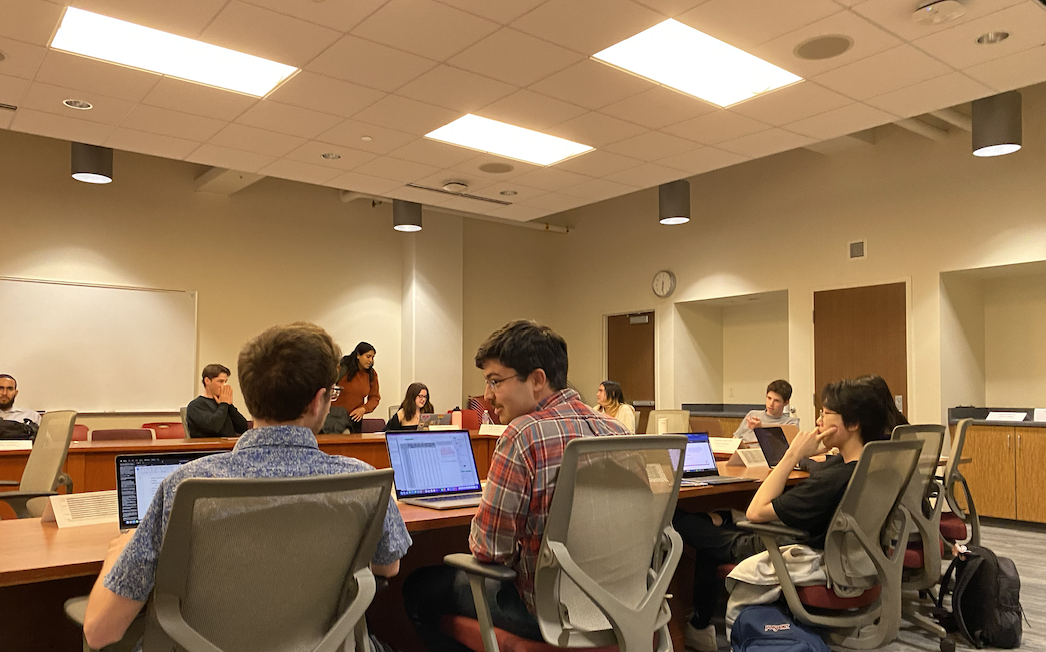The Wisconsin Department of Justice plans to appeal a court decision that freed a Green Bay man who was jailed for 15 years when new evidence was brought forward by University of Wisconsin students. After a decade and a half behind bars, Cody Vandenberg was released from his 80-year sentence for armed robbery and first degree attempted homicide when UW law students working though the Innocence Project – which attempts to discover new evidence to prove the innocence of Wisconsin inmates, often using new DNA technology – presented new evidence in his case.
Vandenberg was originally convicted of armed robbery and the attempted murder of Blake Renar in 1996, according to the court petition.
Assistant Attorney Gen. Thomas Balistreri said the DOJ is appealing the decision because the original jury was already aware of the evidence presented by the UW students, namely that the victim was drunk at the time of the crime.
Following the work from the Innocence Project, an appeals court ruled Vandenberg deserved a new trial because testimony from another man in the case was not heard at this original trial, according to the petition.
The Innocence Project found the other man confessed to stabbing the victim, according to the petition.
“[From the] new evidence, the key part was a confession from Larry Pearson who was thought to be just the getaway driver in the trial,” Pray said.
Along with the confession, a collaboration of evidence including foot prints found at the scene and blood samples from the car are under consideration for appealing this case, Pray said.
He added other facts have been collected and are also under review.
According to the petition, in the original trial the jury did not hear Pearson’s testimony that he was the one who attacked the victim, and the jury did not consider that Pearson confessed to his attorney, his attorney’s investigator and a social worker at the prison.
The court also said the jury did not hear evidence that Renard’s blood alcohol level was measured at .22 percent when he was taken to a hospital for his stab wounds, according to the petition.
The blood alcohol content is a key factor because Vandenberg’s conviction was based almost exclusively on eye witness identification, and he was picked out of a lineup by the victim, Pray said.
He added the basis of this argument is the victim’s ability to recognize his attacker would be severely impaired. However, the DOJ is arguing Pearson told several different stories about what happened the night of the stabbing to many different people, rendering the confession unreliable and therefore not enough for a new trial.
The original jury in Vandenberg’s trial knew Renard was severely intoxicated, and the only new evidence is his exact blood alcohol level, according to the DOJ.
“The additional fact that Renard had a blood alcohol concentration of .22 percent would have put a number on the extent of Renard’s inebriation,” spokespeople for the DOJ said in the petition. “But beyond a mathematical quantification it would have added nothing to what the jury already knew.”
















